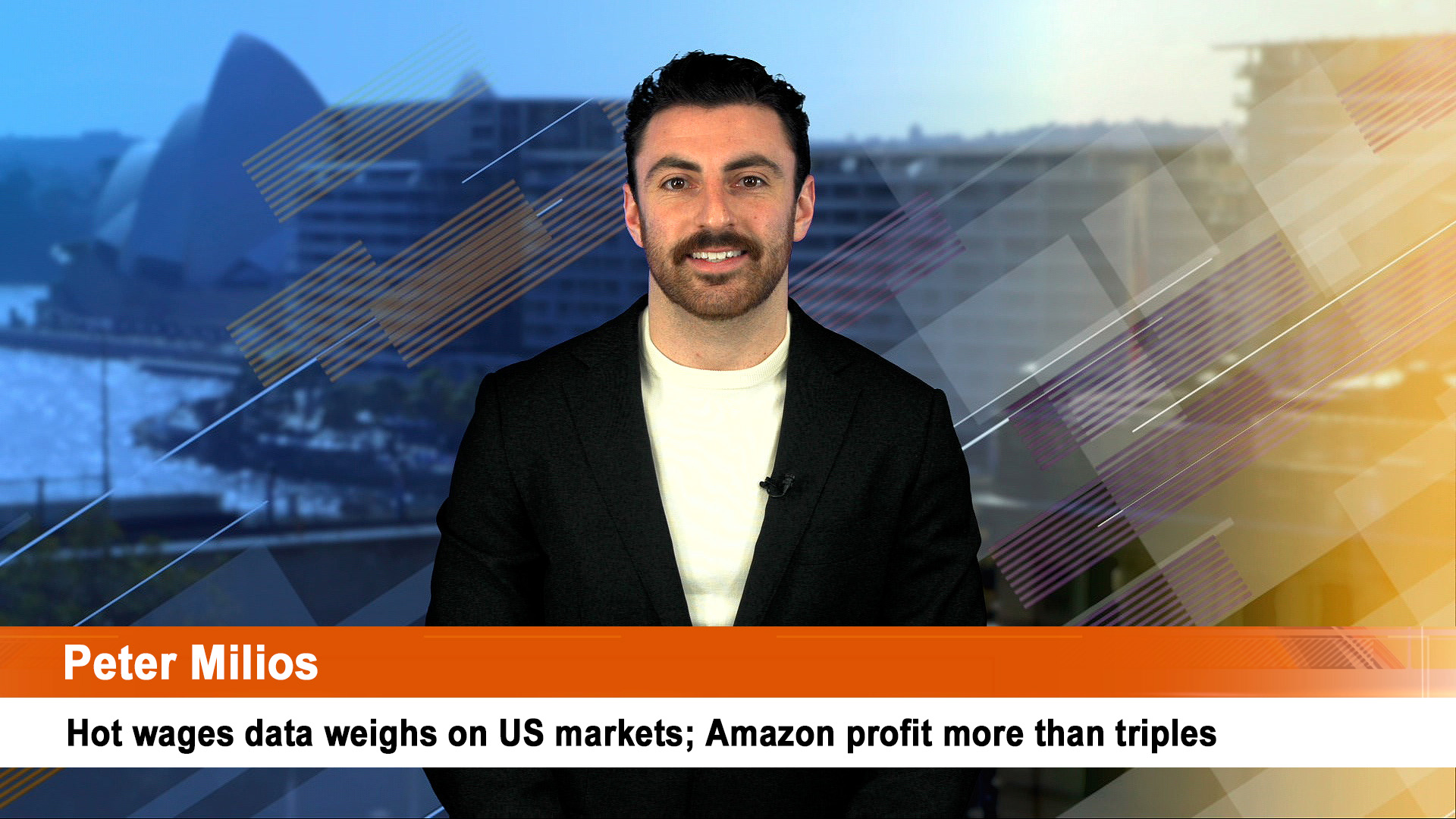BHP has followed Rio Tinto’s weak lead from Tuesday by leaving an underwhelmed market wondering about the details of its 2023 first quarter report on Wednesday.
Rio’s weakish data was overshadowed by news of plans for a major new iron ore mine in the Pilbara by around 2030, using a third of the company’s iron ore reserves. BHP though had nothing to distract investors from its soft figures.
Iron ore, copper and especially coal fell short of market forecasts – the latter due to the east coast rains and floods with more to come from the third La Nina event in a row.
Despite the weakness in the Pilbara, BHP said it had left its WA iron ore guidance unchanged at between 246 and 256 million tonnes (Mt) (278 and 290 Mt on a 100% basis) and “reflects the tie-in of the port de-bottlenecking project as well as the continued ramp up of (the) South Flank (mine) throughout the year.”
Like Rio, BHP’s annual iron ore production guidance is closely watched by investors. Unlike BHP, however, Rio on Tuesday cut its to the lower of the range of 325 million tonnes to 335 million tonnes for the year to December 31. It was the third trim in its iron ore forecast in as many years.
BHP said its iron ore production at its WA Iron ore business (WAIO) for the quarter came in 3% higher at 65.1 million tonnes from a year ago and 72.1 million on a 100% basis (including the share of output for its partners in the mines).
Sales totalled 70.2 million tonnes for the quarter on a 100% basis (BHP has 85% of that figure), down just 600,000 tonnes from the first quarter of 2021-22.
The company said the strong operational performance at WAIO was partially offset by planned car dumper maintenance in the quarter while management mentioned it had to navigate through wet weather.
BHP said the AWIO performance reflected “continued strong supply chain performance and lower COVID-19 related impacts than the prior period, partially offset by wet weather impacts.”
“South Flank ramp up to full production capacity of 80 Mtpa (100 per cent basis) remains on track. Natural variability in the ore grade is expected as the mine progresses through the close to surface material, however this is expected to stabilise as we move deeper into the ore body and achieve full ramp up.”
That’s a warning that export tonnages and Fe grades could vary from this new project for a while and produce lower than expected prices (based on the 62% Fe fines Pilbara benchmark index price)
Copper is the next top tier activity at BHP and September quarter production of 410,100 tonnes was up 9% from the same quarter of 2022-22 (the proper comparison) but down 11% from June, which was the final quarter of the previous financial year.
The company explained that the lower output compared to the three months to June was due to lower volumes at Escondida in Chile “due to lower concentrator feed grade, lower ore stacked in prior months at Pampa Norte reducing cathode production, and lower volumes at Olympic Dam as a result of planned refinery maintenance.”
Copper guidance remains unchanged, especially at Olympic Dam in South Australia and at the key mine for the global copper market, Escondida BHP said “copper production increased by four per cent to 253 kt primarily due to higher concentrator feed grade of 0.83 per cent compared to 0.73 per cent in the September 2021 quarter.”
“Guidance for the 2023 financial year remains unchanged at between 1,080 and 1,180 kt, with production weighted toward the second half of the year. Medium term guidance of 1.2 Mtpa of copper production on average over the next five years remains unchanged.”
The East Coast rains and flooding from the second La Nina event (and the developing third event this quarter) hit production and sales of coking (metallurgical) and thermal (energy) coal, especially the latter where prices remain at near record highs (see the Whitehaven quarterly story).
Metallurgical from the 50% JV, BMA (with Mitsubishi) coal production was down 19% to 6.7 million tonnes and the company blamed the record wet weather and ongoing labour shortages. As well, BHP moved a longwall at one mine which cut production as did washery maintenance at two mines and the start at a third.
BHP made it very clear in the statement that due to the controversial Queensland government tax rises on coal, it was not looking at any new investment in the state.
“The near tripling of top end royalties by the Queensland Government remains a serious concern and threat to investment and jobs in that state. We see strong long-term demand from global steelmakers for Queensland’s high- quality metallurgical coal. In the absence of fiscal terms that are both competitive and predictable, we are unable to make significant new investments in Queensland,” BHP stated.
At the moment BHP said coking coal guidance for the 2023 financial year remains unchanged at between 29 and 32 million tonnes – on a 50% basis or 58 to 64 million tonnes on a 100% basis.
Energy coal was down 33% to 2.6 million tonnes from the Mount Arthur mine in the Hunter Valley area of NSW with the wet weather and flooding a major problem, as well as slow shipping through the Port of Newcastle.
BHP said it shipped more higher quality thermal coal (with higher energy content) in the quarter than a year ago which will boost prices and returns and help partially offset the sharp fall in output.
BHP said guidance for the 2023 financial year remains unchanged at between 13 and 15 million tonnes.
Finally, the company’s WA nickel production came in at 20,700 tonnes for the three months to September 30. This was up 10% quarter on quarter from June and a stronger 16% from the same quarter of 2021-22.
“Guidance for the 2023 financial year remains unchanged at between 80 and 90 kt, weighted to the second half of the year due to planned smelter maintenance in the December 2022 quarter,” BHP said.
CEO Mike Henry was happy with the performance, saying in the usual comments accompanying the report:
“We have started the new financial year strongly, achieving safe and reliable operating performance. The first quarter included significant planned major maintenance in Western Australia Iron Ore (WAIO), BHP Mitsubishi Alliance (BMA), and Olympic Dam.
Copper production was up nine per cent on the same quarter last year, with strong concentrator throughput at Escondida and record quarterly anode production at Olympic Dam.
“WAIO continued to perform strongly, with production up by 3% relative to the same period last year, and we managed through substantial rainfall and labour constraints in our coal assets with production only down marginally year on year. Our full year production and unit cost guidance is unchanged.
The South Flank iron ore ramp-up and the Jansen potash project are tracking well, with work ongoing to bring forward first production from Jansen Stage 1 and accelerate Jansen Stage 2.
During the quarter, BHP struck a new agreement to supply our WAIO port facilities with renewable electricity, which is expected to halve GHG emissions from the electricity used, signed an MoU with India’s Tata Steel to collaborate on lower GHG emission steelmaking and announced a partnership with Pan Pacific Copper to reduce GHG emissions from maritime transportation, as we take further action to reduce GHG emissions from our operations and support decarbonisation of our suppliers and customers.”
But like Rio in its report, BHP warned of the uncertain outlook at the moment.
CEO Henry said in his commentary “ We expect global macro-economic uncertainty in the short term to continue to affect supply chains, energy costs, labour markets and equipment and materials availability.”
BHP remains well positioned, with a portfolio and balance sheet to withstand external challenges and a strategy positioned to benefit from the global mega-trends of decarbonisation and electrification.”
Those are sentiments similar to Rio’s Tuesday comments on the outlook.
BHP shares sagged 1.6% to $39.25.













